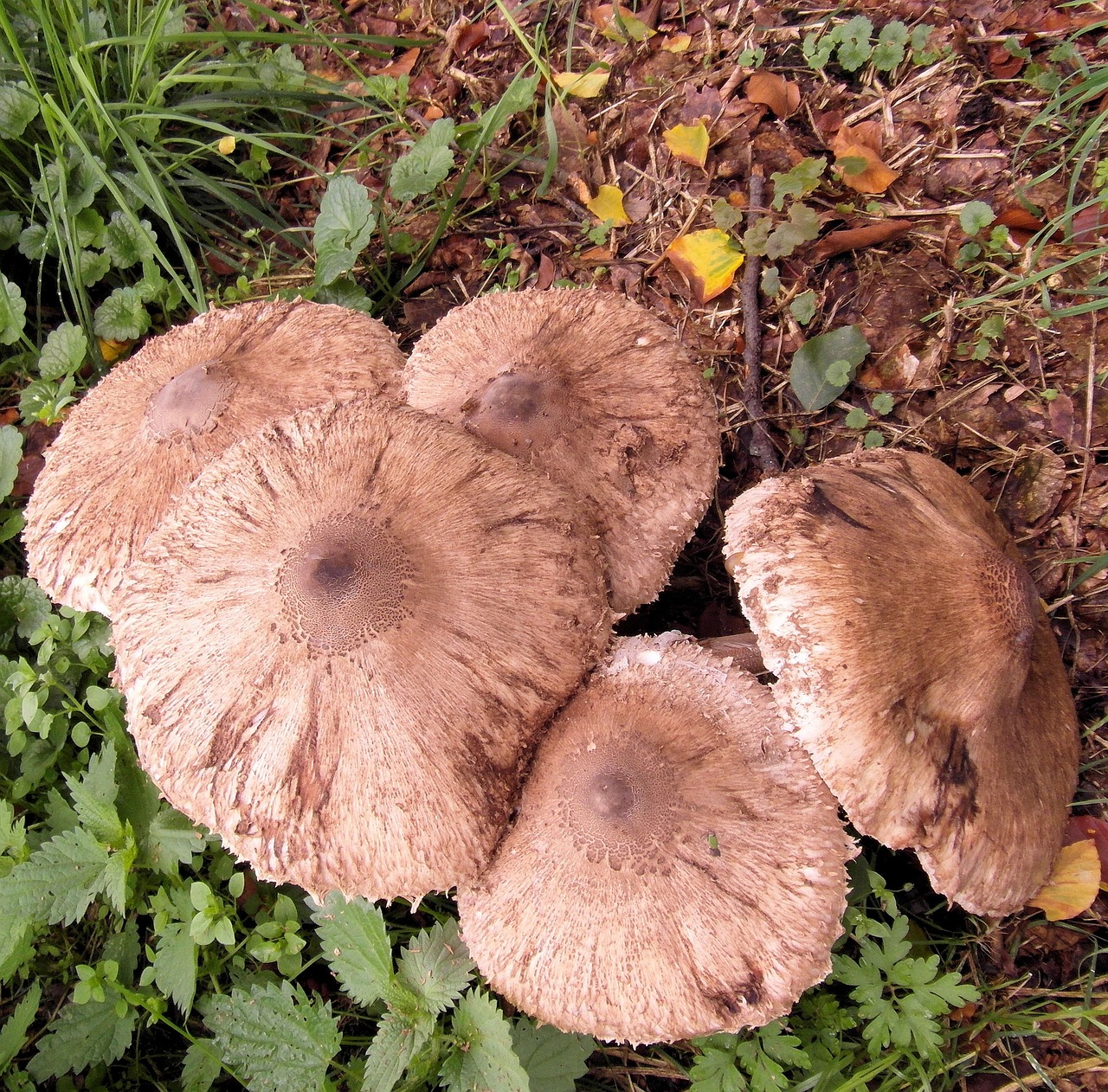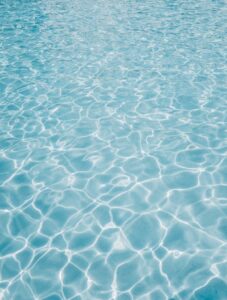Introduction
Hello there, dear reader! I’ve got something exciting to share with you today. It’s all about a nutrient-rich substance that will turn your garden from lackluster to a lush paradise. Yes, we’re talking about mushroom compost!
What is Mushroom Compost?
Definition and Process
Mushroom compost, often termed “black gold” by garden enthusiasts, is a slow-release, organic fertilizer produced from the substrate remnants after mushrooms have had their feast. Think of it as a buffet where mushrooms are the guests, and their leftover bounty is our prized mushroom compost.
When it comes to the culinary choices of mushrooms, they’re rather fussy eaters. Their diet primarily consists of straw, horse manure, gypsum, and a smattering of other organic goodies. This might not sound appealing to you and me, but for mushrooms, it’s a full-on feast.
Uses and Benefits
Once the mushroom party ends, it’s time for clean-up. That’s where we gardeners strike gold. This compost teems with nutrients, making it an ideal choice for improving soil structure. Moreover, it has a loamy texture that plants find irresistible. Can you blame them?
Components of Mushroom Compost
With its nutrient-rich profile, it owes its reputation to an intricate blend of components. Let’s break down the elements of this “black gold.”
Organic Ingredients
The primary components are organic materials. These are the remnants of the mushroom growing process. Let’s take a closer look at these ingredients.
Straw
Straw is a key player in the mushroom substrate. It provides a structure for the mushrooms to grow on and offers essential carbon for their growth. Think of straw as the bed on which the mushrooms grow and thrive.
Horse Manure
It might be a bit ‘icky’ to consider, but horse manure is another crucial ingredient in the mix. It’s rich in nitrogen, a nutrient essential for plant growth. You could say it’s like a protein shake for your plants!
Gypsum
Gypsum, a soft sulfate mineral, is a small but significant component. It aids in controlling the pH level of the compost, ensuring an ideal environment for the mushrooms. Gypsum in the compost is like a thermostat, ensuring the conditions are just right.
Other Organic Materials
Depending on the mushroom farm, the compost mix may also include other organic materials like poultry manure, peat moss, cottonseed meal, and cocoa shells. These ingredients add a complex variety of nutrients to the mix, making it a veritable feast for your plants.
Nutrient Content
Beyond the organic materials, mushroom compost is packed with a powerful cocktail of nutrients. Let’s delve into the vital vitamins your plants will be sipping on.
Nitrogen
Nitrogen is one of the key nutrients present in mushroom compost. It’s essential for promoting lush, green, and leafy growth. Nitrogen in your garden is like putting a green filter on your Instagram post – it makes everything look lush and vibrant!
Phosphorus
Phosphorus plays a crucial role in plant growth, promoting strong root development and aiding in the energy transfer process. Think of it as the gym trainer for your plants, helping them grow stronger and healthier.
Potassium
Potassium is another important nutrient found in mushroom compost. It helps in disease resistance and maintains overall plant health. You could liken potassium to a shield, warding off plant diseases and ensuring a healthy, thriving garden.
Other Nutrients
In addition to nitrogen, phosphorus, and potassium, mushroom compost contains a wealth of other nutrients, including calcium, magnesium, and various trace elements. It’s the comprehensive multivitamin your garden needs for optimum health.
The diverse components of mushroom compost make it a unique and beneficial addition to any garden. Whether you’re looking to boost plant health, improve soil structure, or simply provide the best care for your plants, mushroom compost is a robust choice.
Mushroom Compost for Gardening
Here’s where things get interesting – using mushroom compost in your garden. Whether you’re growing vegetables, flowers, or both, this compost can work miracles.
Use in Vegetable Gardens
With mushroom compost in your vegetable garden, you’re in for a treat. The improved soil can lead to abundant luscious tomatoes, crunchy carrots, and much more. It’s akin to swapping a general admission ticket for a VIP pass at a rock concert – you’re giving your veggies the star treatment they deserve.
Use in Flower Gardens
And don’t overlook our floral friends. They love a good dose of mushroom compost. With this secret ingredient, your roses could become the envy of the neighborhood. But remember, it’s our little secret!
How to Apply Mushroom Compost
Applying mushroom compost to your garden can seem like a complex task, but don’t worry! It’s simpler than you might think. Let’s break it down step by step.
Step 1: Know Your Soil
Before we dive into spreading the compost, you should know what you’re working with. Take a good look at your soil. Is it sandy, clayey, or just right? Knowing your soil type will help you determine how much compost you need.
Step 2: Prep Your Garden
Clear away any debris, like fallen leaves or twigs, from your garden. It’s like preparing a clean canvas for your masterpiece. Now, don’t you feel like an artist?
Step 3: Apply the Compost
Time to bring out the star of the show – the mushroom compost. Spread a 2 to 4-inch layer of compost across your garden soil. Remember, even distribution is key. No favoritism allowed!
Step 4: Work It In
Now, gently work the compost into the top few inches of soil. Think of it as giving your garden a soothing massage, working in all that nutrient-rich goodness.
Step 5: Water It Down
Once the compost is well incorporated into the soil, it’s time to water your garden. Watering helps to kick-start the nutrient release process of the compost, giving your plants instant access to the ‘black gold’.
Step 6: Monitor the Results
After applying the compost, keep an eye on your plants. They should start showing signs of improved health and vitality.
There you have it, a step-by-step guide to applying mushroom compost. It’s like treating your garden to a spa day, complete with a nutrient-rich facial. Your plants will thank you for it!
Mushroom Compost for Soil Improvement
In addition to nourishing your plants, mushroom compost can substantially improve your soil’s structure and enhance its nutrient content. Just like a well-brewed cup of coffee, it can invigorate your soil and set the stage for thriving plant life.
Benefits to Soil Structure
Mushroom compost can turn compact, difficult soil into a loose, crumbly haven for plant roots. It’s as if your soil is receiving a spa treatment, complete with a deep-tissue massage and rejuvenating facial.
Nutrient Enhancement
The compost infuses the soil with essential nutrients, providing a slow-release food source for your plants. It’s essentially a premium, all-natural supplement for your garden!
The Environmental Impact of Mushroom Compost
While we’re swooning over the benefits of mushroom compost for our gardens, let’s not forget its contribution to a healthier planet. By recycling organic waste into valuable compost, we’re reducing landfill and promoting sustainable gardening practices. So, every time you use mushroom compost, give yourself a pat on the back – you’re an eco-hero!
Mushroom Compost vs. Regular Compost
You might wonder, “Why should I opt for mushroom compost over regular compost?” It’s a fantastic question, and here’s the answer.
Comparative Advantages
While regular compost is a worthy ally for any gardener, mushroom compost has a few tricks up its sleeve. With higher nutrient content and a finer texture, it’s akin to choosing a tailor-made suit over off-the-rack attire.
Drawbacks to Consider
However, no product is without its flaws. Mushroom compost tends to be slightly alkaline, which may not sit well with some plants. Always consider your plants’ pH preferences before diving into the mushroom compost world.
How to Make Your Own Mushroom Compost
Making your own mushroom compost might sound like a Herculean task, but it’s quite the opposite! With the right ingredients and a little bit of patience, you’ll have a homemade batch of nutrient-rich compost ready for your garden. Let’s get down to business!
Required Materials
Before we start, gather your ingredients. You’ll need:
- Straw: Your main substrate for the mushroom compost. Hay can also be used.
- Horse Manure: This adds a boost of nutrients to your compost.
- Gypsum: This is used to balance the pH levels in your compost.
- Mushroom Spores: Choose a variety that suits your climate and compost ingredients.
- Water: You’ll need enough to keep the compost mix moist.
Step 1: Prepare Your Ingredients
Start by chopping the straw into small pieces, ideally 3-4 inches long. Next, mix your straw and horse manure in a ratio of about 50:50. Add a sprinkling of gypsum to the mix. This initial mix is your mushroom substrate.
Step 2: Heat Treatment
Heat treatment, or pasteurization, is essential to kill off any unwanted organisms in your substrate. You can do this by placing your substrate in a large container and pouring boiling water over it. Leave it to soak for about an hour before draining thoroughly.
Step 3: Introduce the Mushroom Spores
Now it’s time to introduce the mushroom spores to the substrate. Spread your spores evenly over the substrate, then mix thoroughly to ensure they’re well distributed.
Step 4: Let Nature Work Its Magic
Place your spore-infused substrate in a dark, cool, and humid environment. You’ll need to maintain a consistent level of humidity, so be prepared to mist your compost occasionally.
Step 5: Harvest Your Mushrooms
After a few weeks, you’ll start to see mushroom growth. Harvest the mushrooms once they reach their optimal size. Remember to leave some behind to continue the composting process.
Step 6: Your Compost is Ready!
Once the mushroom life cycle is complete, you’ll be left with a nutrient-rich compost ready for your garden.
And voila! You’ve created your own mushroom compost. Give yourself a pat on the back. After all, not everyone can say they’re a home-grown compost connoisseur!
Conclusion
Mushroom compost, in all its nutrient-rich glory, is a versatile and potent addition to any gardener’s toolkit. With its composition of organic materials, potent cocktail of essential nutrients, and ability to improve soil health, it’s no wonder this “black gold” has won over gardeners worldwide.
From giving your garden’s soil a makeover to being a front-runner in the eco-friendly practices league, it plays multiple roles. Whether you’re a novice gardener trying to keep your first plant alive or an experienced green thumb seeking to maximize your garden’s potential, mushroom compost could be the game changer you’re looking for.
But the magic doesn’t stop there! Imagine creating your own at home, turning everyday organic waste into a rich, nutritious supplement for your plants. It’s sustainability and self-sufficiency wrapped in one neat package. And let’s be honest, it’s pretty cool to tell your friends you make your own compost!
All things considered, it’s more than just a soil conditioner. It’s a testament to the power of recycling, an ally in our efforts to cultivate a greener thumb, and a celebration of the miracles of nature. So, the next time you find yourself with a gardening challenge, remember – mushroom compost might just be the answer you’ve been searching for. After all, great things often come in unassuming packages!
In the world of gardening, mushroom compost is undeniably the unsung hero. Its ability to transform the quality of your garden, enhance your plants’ health, and contribute to a healthier planet is unparalleled. Embracing this ‘black gold’ may just be the first step towards your best garden yet. Happy gardening, folks!
FAQs
What is mushroom compost made of?
Mushroom compost combines organic materials like straw, horse manure, and gypsum. These elements serve as a substrate for mushroom growth. Once the mushrooms have devoured what they need, the leftover material becomes compost.
Can I use mushroom compost for all types of plants?
While mushroom compost is versatile, its slightly alkaline nature may not be ideal for all plants. It’s always best to check your plants’ pH preferences before introducing them to mushroom compost.
How frequently should I apply it to my garden?
Mushroom compost can be applied once or twice a year. However, remember to monitor your soil’s health and adjust composting practices accordingly.
Is mushroom compost environmentally friendly?
Yes, you’re promoting sustainable gardening practices. It’s an excellent way to recycle organic waste and reduce the need for synthetic fertilizers.
How can I make my own mushroom compost at home? You can create mushroom compost at home using straw, horse manure, gypsum, and other organic materials. Mix these ingredients, add water, and let the mixture decompose naturally. After a few weeks, your homemade mushroom compost will be ready to use.




